Ancient Merv
This famed Silk Road oasis was one of the largest cities in the world before it was destroyed by a Mongol horde.
One of the most famous cities you’ve (probably) never heard of, Merv served as the capital of a number of empires and kingdoms over the course of its more than 4,000-year-long history.
With plentiful water reserves and a supremely strategic location between the Afghan highlands and the Karakum Desert lowlands, Merv was a sought-after geographic prize for Persians, Arabs, Turks, and Greeks alike—including Alexander the Great, who ancient Roman author Pliny the Elder claimed actually first founded the city. Whether or not that’s true, it’s indisputable that Merv was eventually transformed from a simple oasis town into the administrative, commercial, and religious nexus for political dynasties spanning from modern-day Turkey to Central Asia, the Persian Gulf, and beyond.
As it changed hands between succeeding empires, Merv’s population swelled to upwards of 500,000 people during the 12th and 13th centuries, making it possibly the third-largest city in the world at the time. That is until Tolui Khan, the fourth son of the notorious conqueror Genghis Khan, and his Mongol army entered the city in 1221.
Tolui promptly ordered his soldiers to kill every single one of Merv’s inhabitants, except 400 relatively lucky artisans who were taken prisoner. In all, it’s said the Mongol destruction of Merv left between 700,000 and 1 million people dead, including several hundred thousand refugees that had been seeking shelter nearby and were swept up in the carnage. The attack signaled the end of Merv’s reign as a major Silk Road trading post and prized capital city.
Today, however, Merv’s glory shines once again thanks to the efforts of the Turkmenistan government, dedicated academics, and UNESCO, which declared Ancient Merv a World Heritage Site in 1999 (Turkmenistan’s first ever such honor). The resulting efforts have uncovered thousands of years of history once lost to time, including Bronze Age settlements dating back as far as 2500 BC, as well as numerous fortresses, medieval walls, mausoleums, mosques, and more, all in varying stages of preservation. The sheer size of the city and its ruins makes Merv among the most impressive and complex archaeological sites on Earth, delivering a new accolade for the once-renowned world capital.
Know Before You Go
Merv can be reached in just under one hour (40 km) from the provincial capital, Mary, which is the largest nearby city. There is no public transportation to or from the archaeological park, so travelers must arrange this independently, and considering the vast size of the site, all visitors are advised to have some form of transportation while exploring Merv itself.


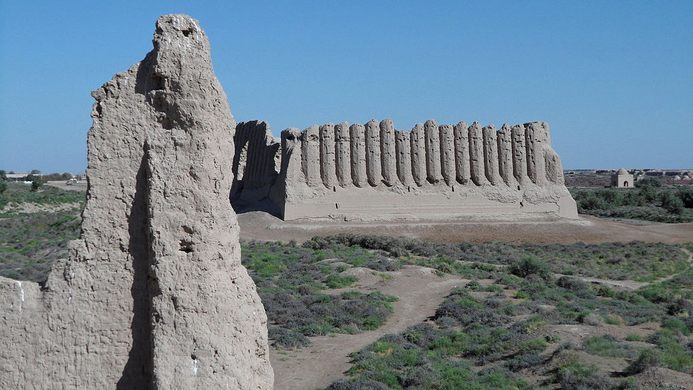

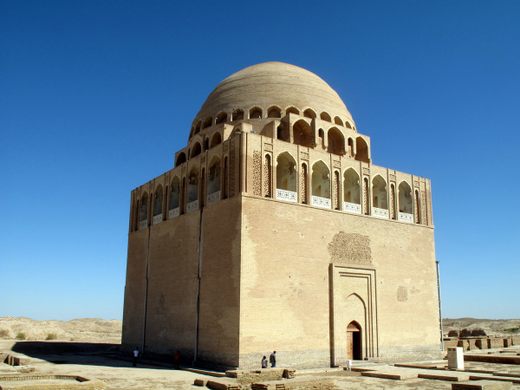
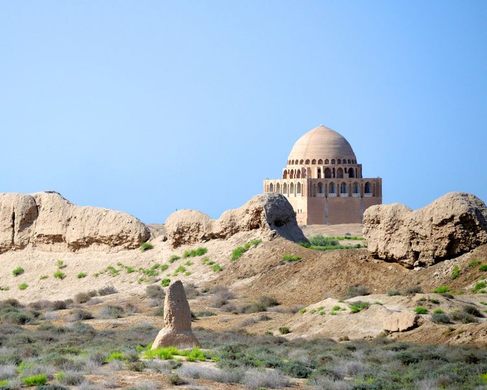
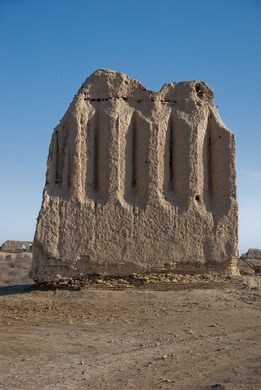
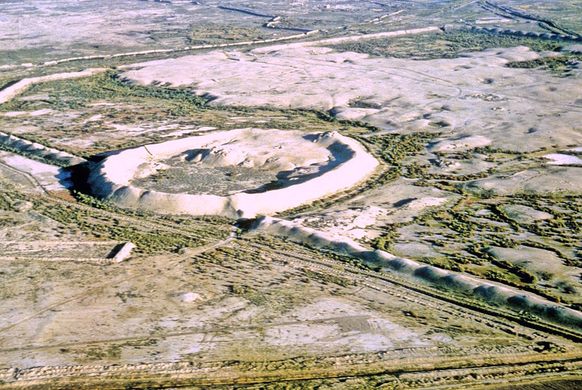



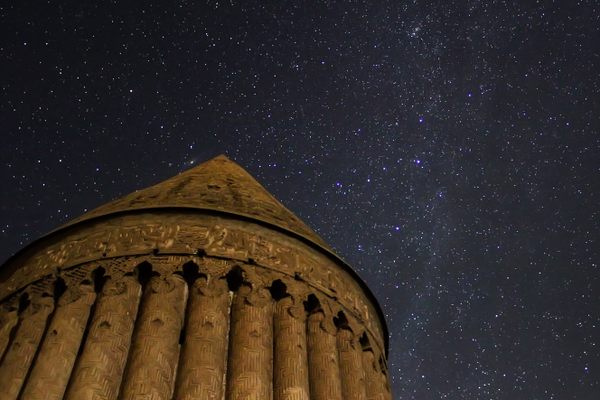






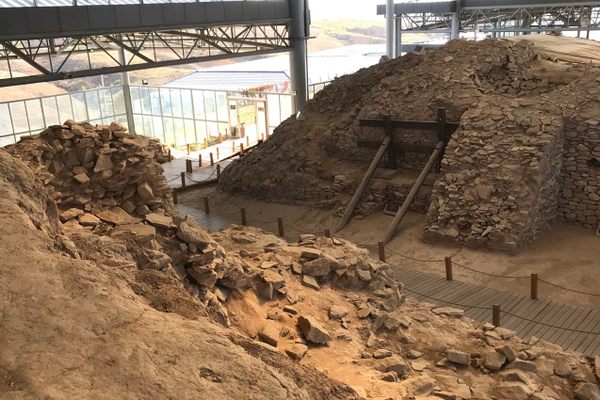

Follow us on Twitter to get the latest on the world's hidden wonders.
Like us on Facebook to get the latest on the world's hidden wonders.
Follow us on Twitter Like us on Facebook